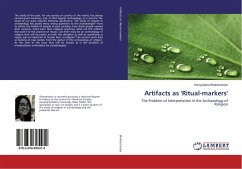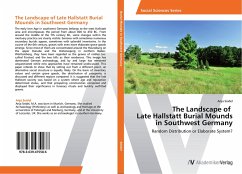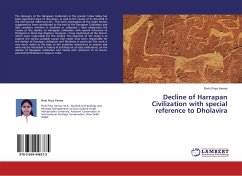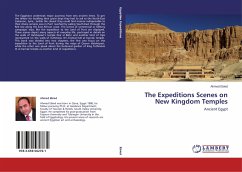The study of the past, for any society or country of the world, has always carried great meaning, and, in that regard, archaeology, as a tool for the study of our past, assumes immense significance. The study of religion in archaeology has posed many vexing questions to the archaeologist-how to define the beliefs of people of past societies, how these people viewed their universe, what were their religious practices, what are the artifacts that point to the practice of rituals. Can their truly be an archaeology of religion that will do justice to both the discipline as well as something as vague, but so important in human lives, as religion? The current work aims at looking at case studies from the gamut of the archaeology of religion. At the core of the issue that will be looked at is the problem of interpretation undertaken by archaeologists.








